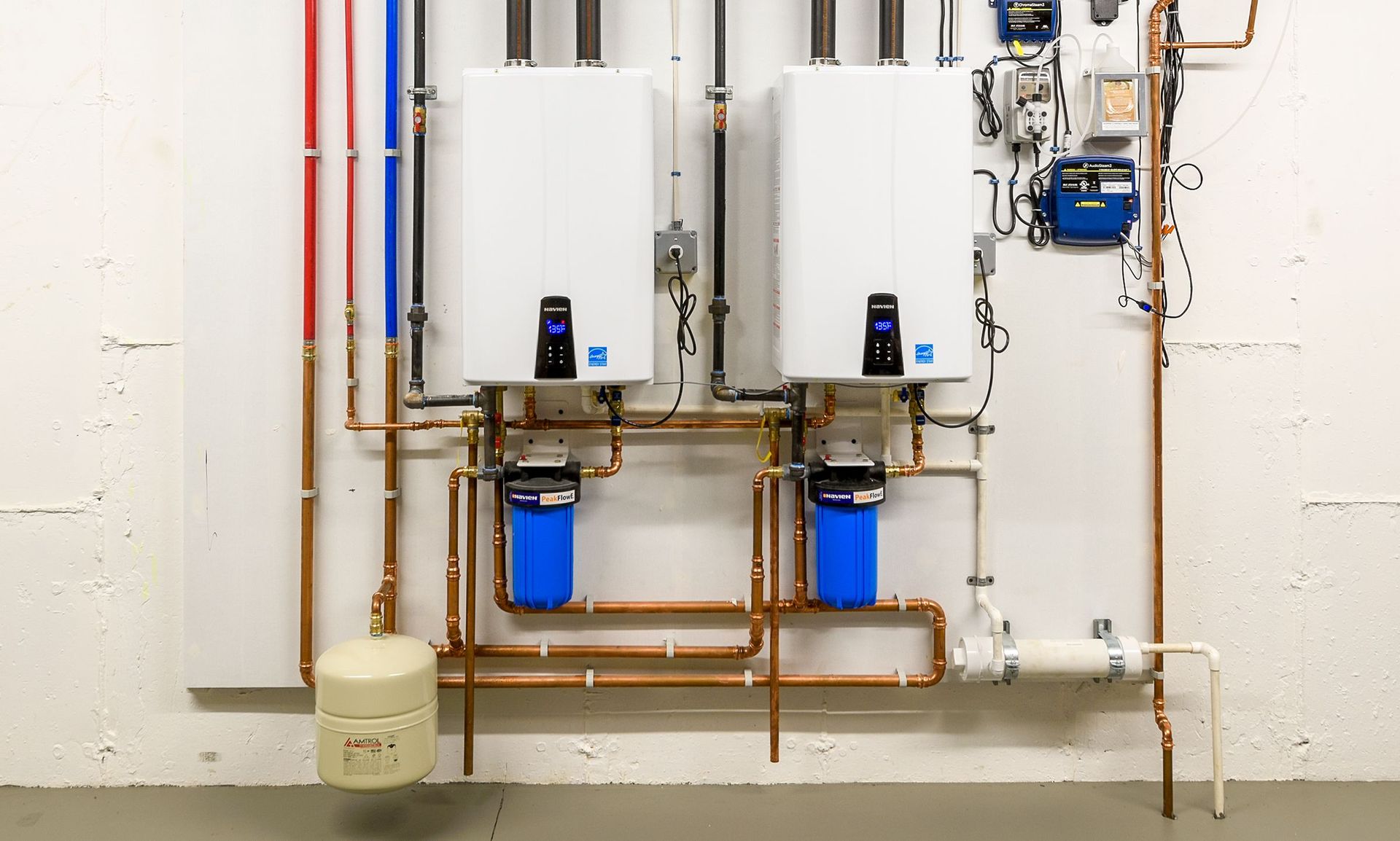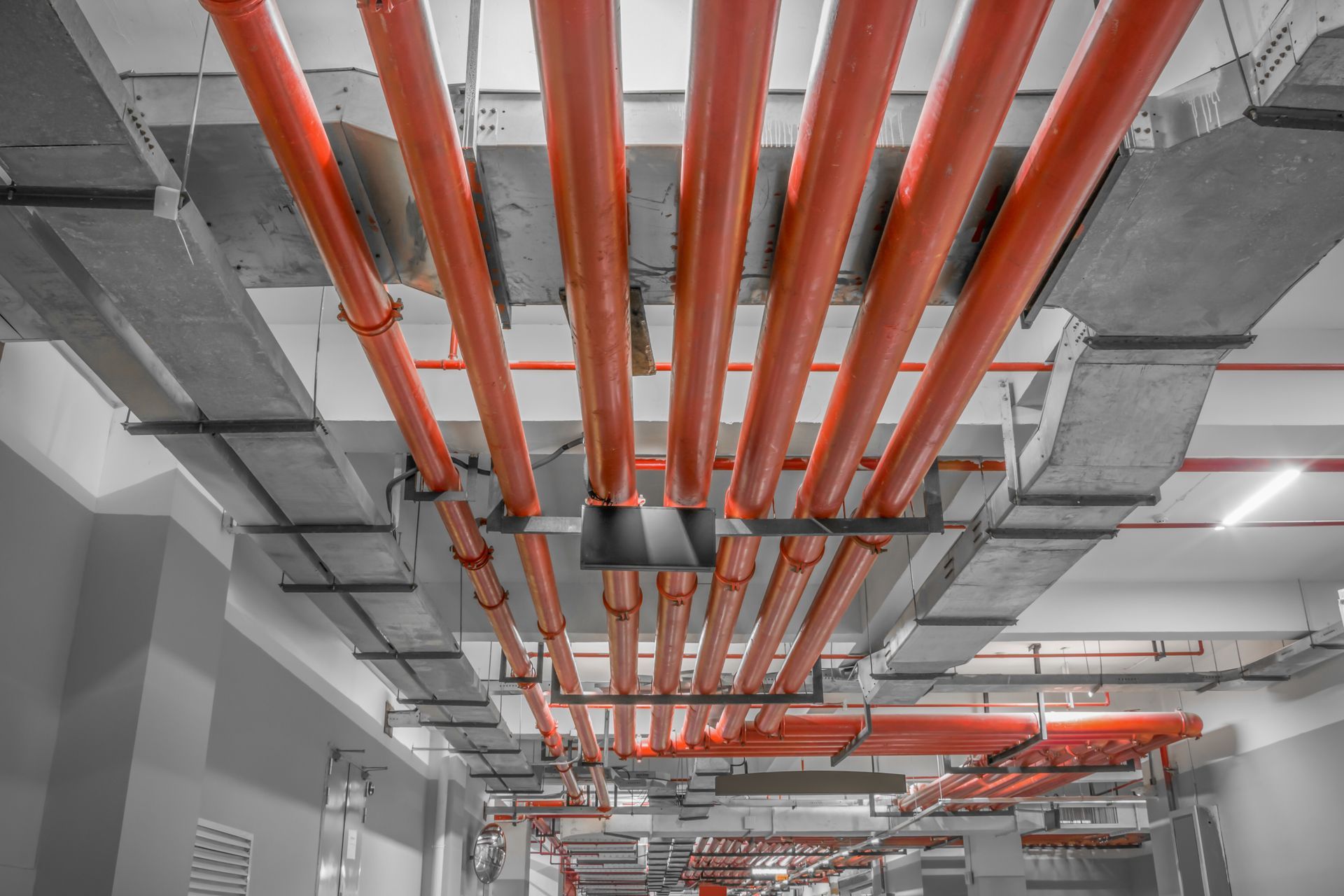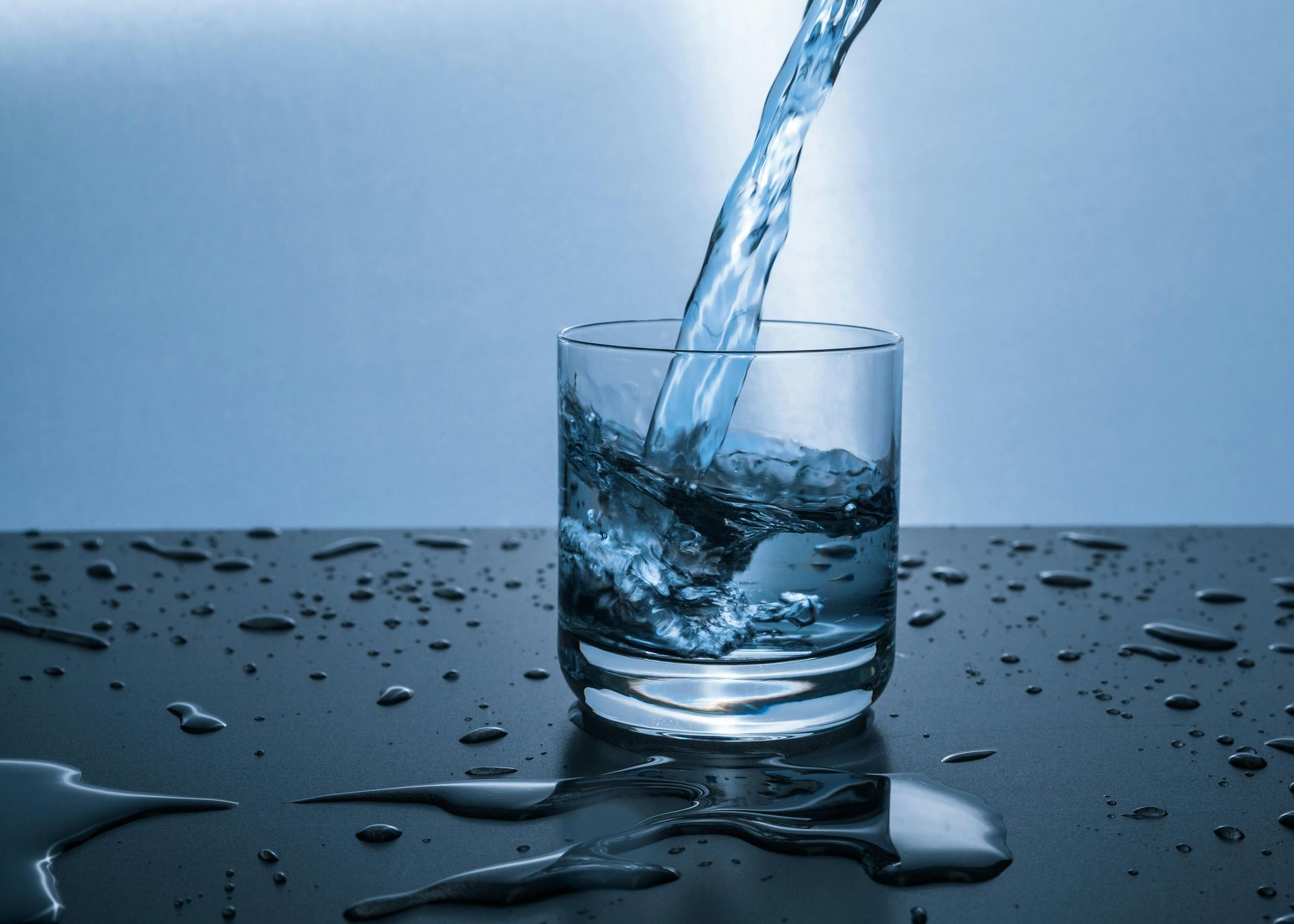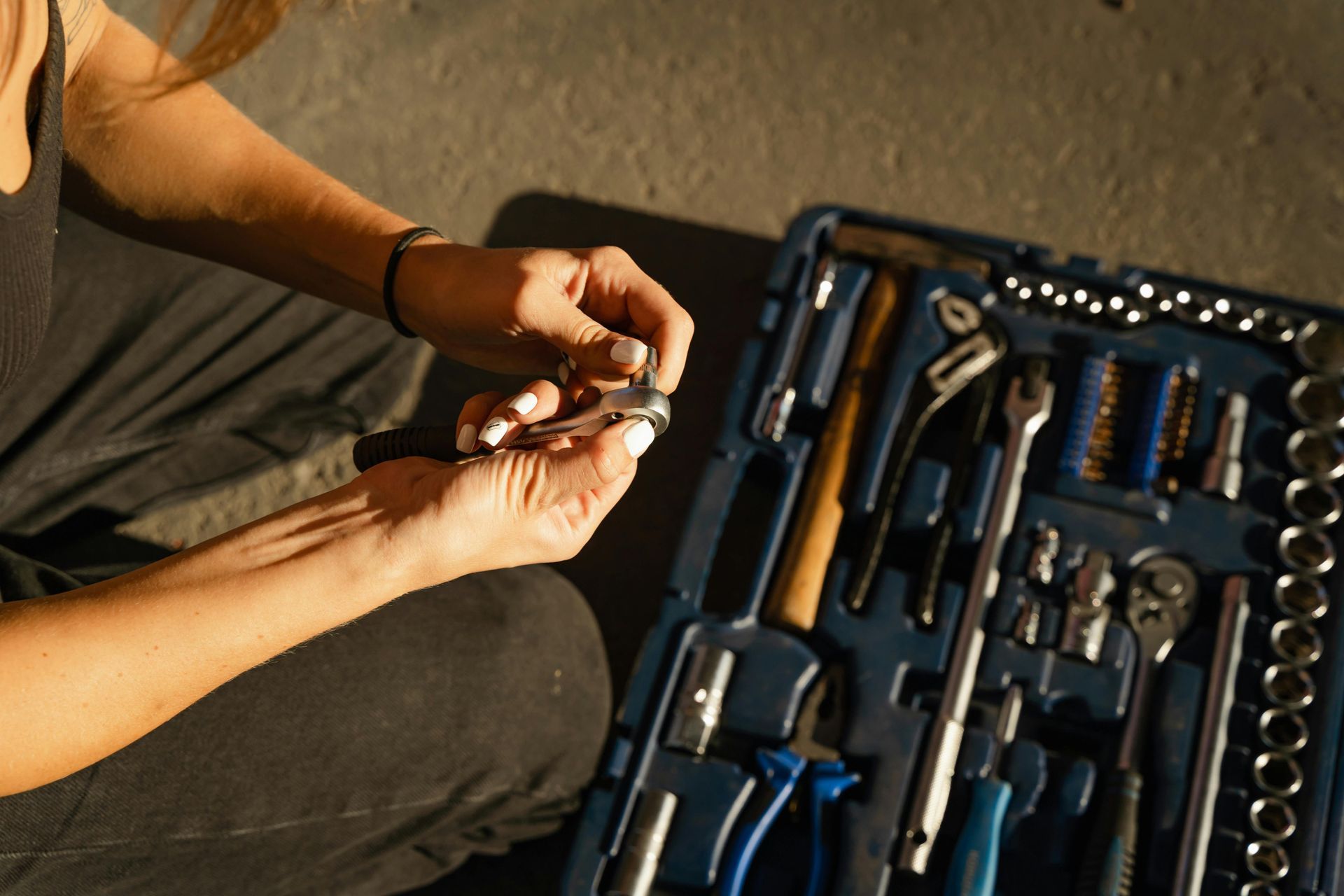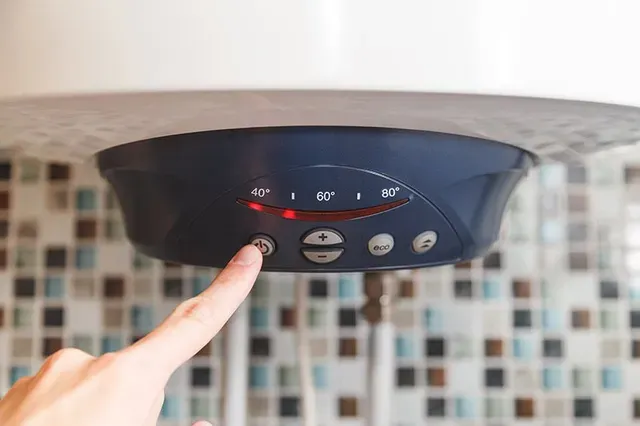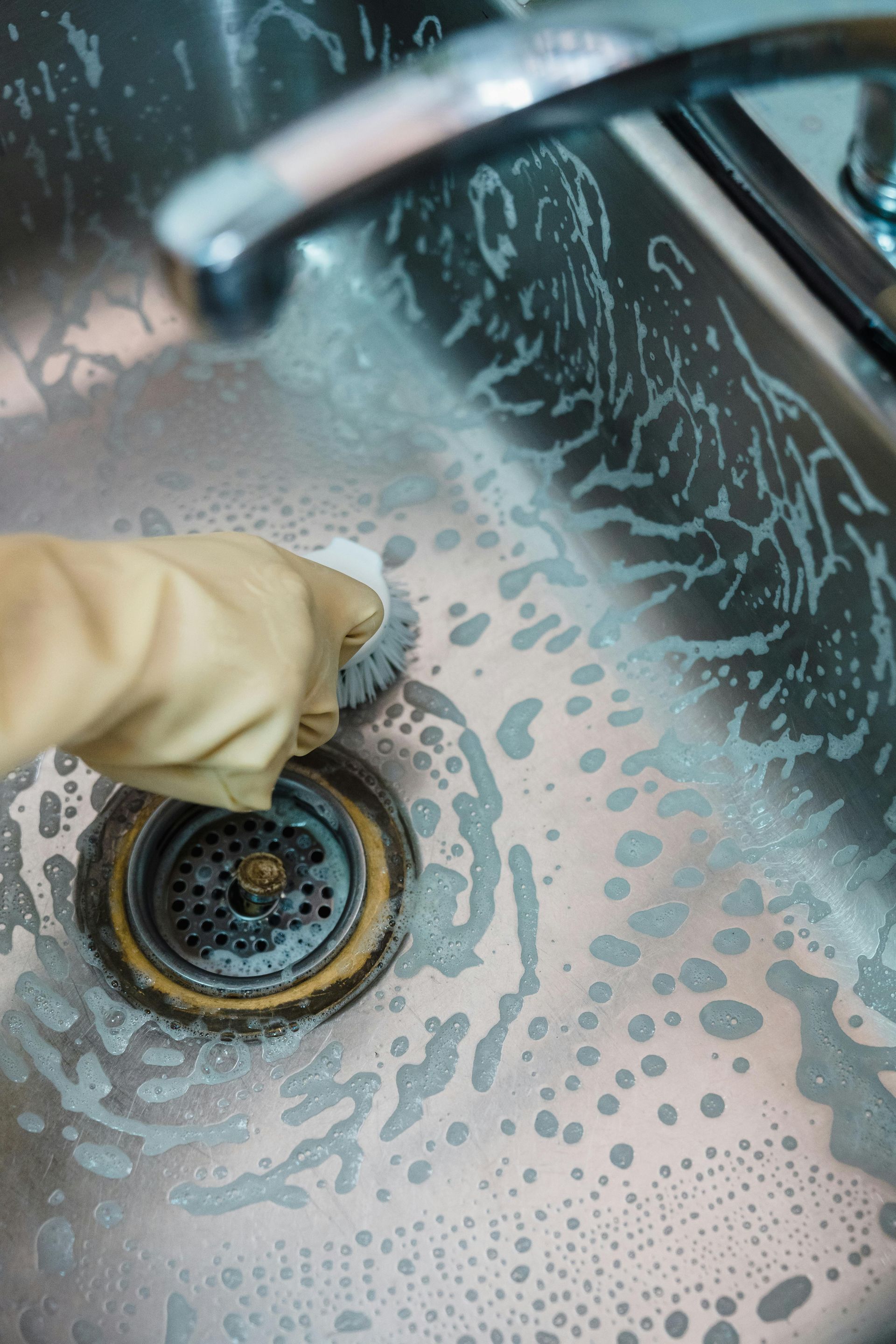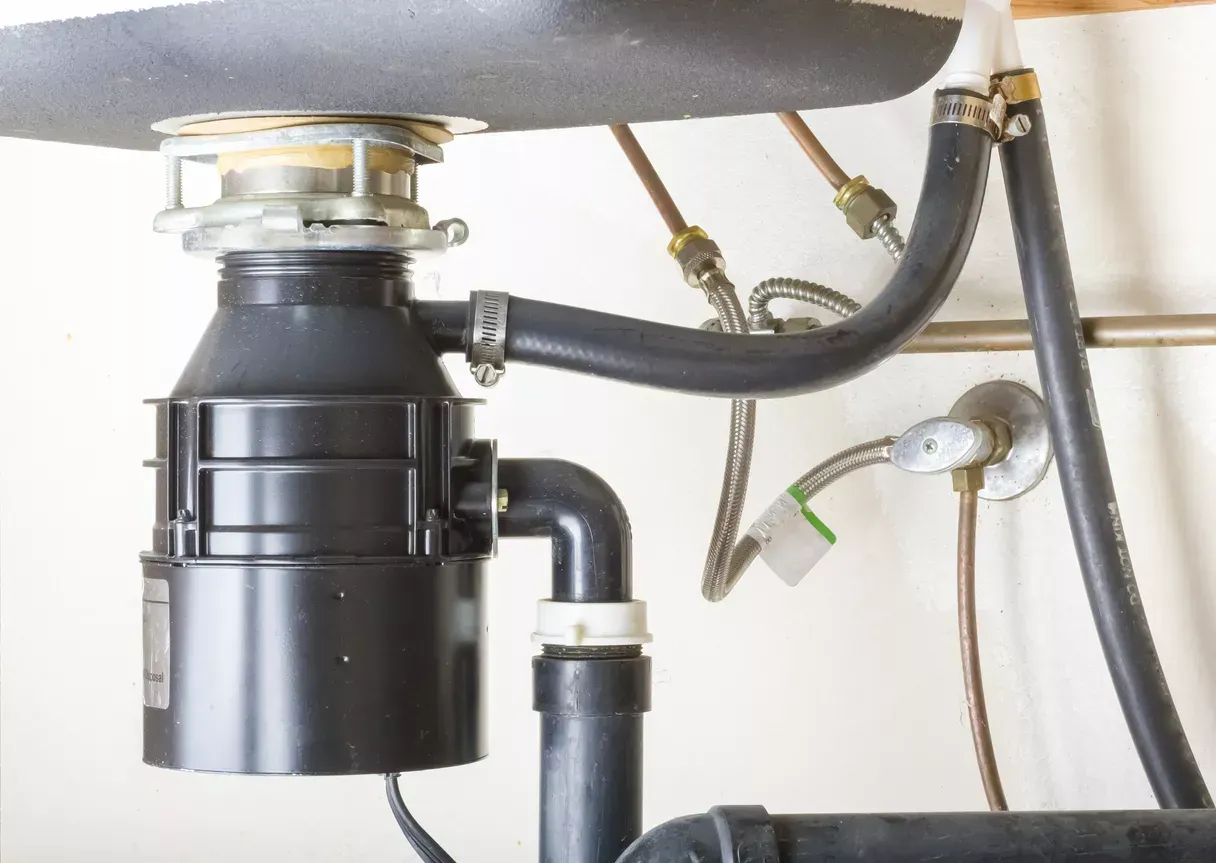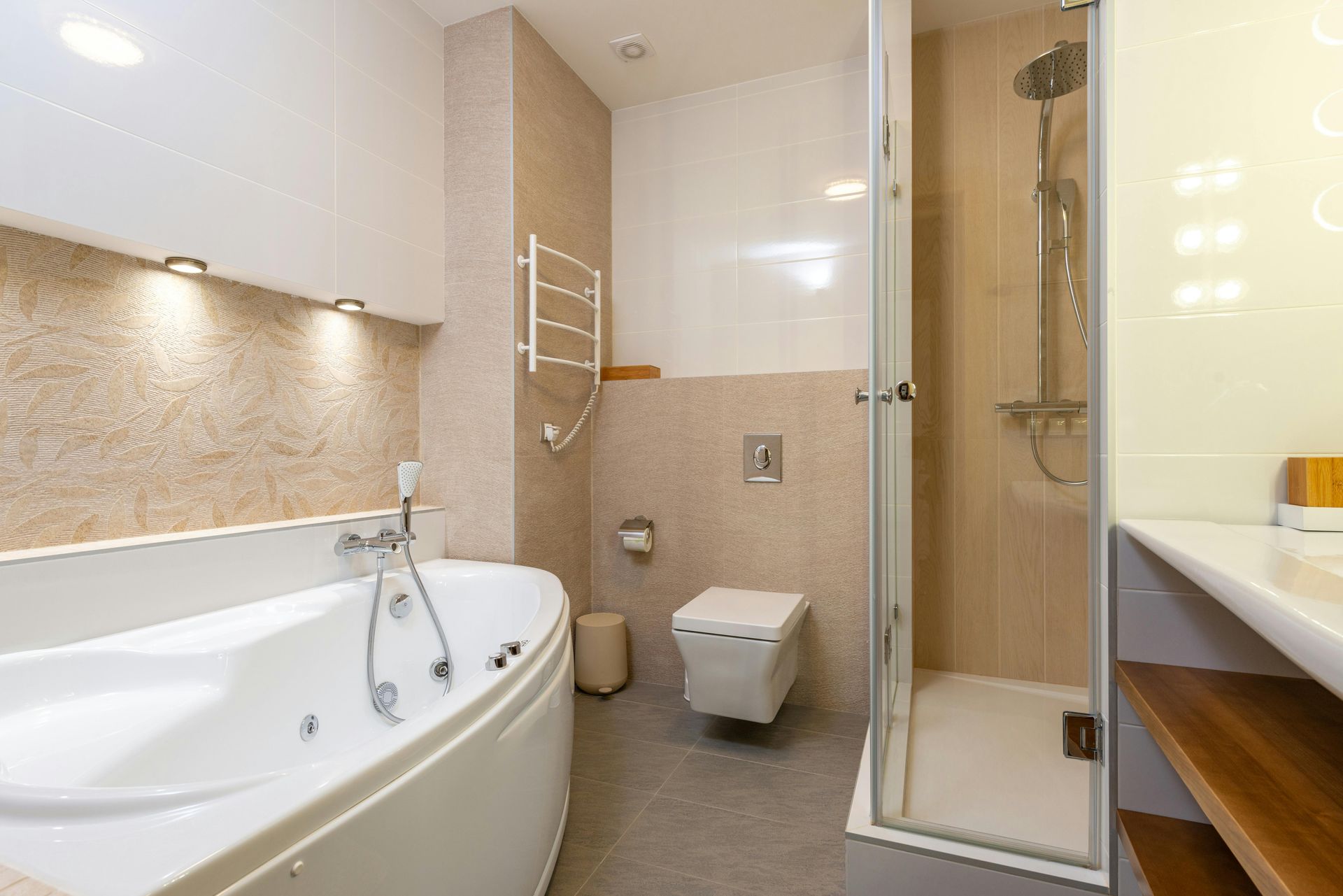How Do You Service a Bidet? Why You Shouldn’t Ignore It
A bidet is a modern bathroom fixture that offers enhanced hygiene, comfort, and convenience. However, like any other plumbing fixture, it requires regular maintenance to function properly. Ignoring minor issues can lead to bigger problems, affecting both the efficiency and cleanliness of your bidet. In this guide, we’ll walk you through the steps of servicing a bidet, common issues that may arise, and expert recommendations to keep it in top shape.
How Do You Tell if My Sewer Line is Collapsed?
Common Issues That Indicate Your Bidet Needs Servicing
1. Weak or Inconsistent Water Pressure
One of the most common problems users face with bidets is weak or inconsistent water pressure. If your bidet isn’t spraying water as forcefully as it should, it could be due to mineral buildup, clogged nozzles, or plumbing issues. Hard water deposits can accumulate over time, restricting water flow and reducing efficiency.
2. Leaking Bidet Nozzle or Connections
Leaks are a telltale sign that your bidet needs servicing. Water pooling around the base of the fixture, dripping from the nozzle, or leaking from the hose connections can indicate worn-out seals, loose fittings, or damaged components. Left unaddressed, leaks can lead to water wastage and potential damage to surrounding areas.
3. Unpleasant Odors Coming from the Bidet
If you notice foul smells coming from your bidet, it could be due to bacteria buildup, stagnant water, or clogged drainage. A bidet should be regularly cleaned to prevent bacteria and mold growth, especially in the nozzle and hose areas. Odors may also indicate sewer gas leaks or plumbing blockages, which require immediate attention.
4. Nozzle Retraction Issues
A bidet nozzle should retract smoothly after use. If it remains extended or struggles to retract, there may be an obstruction, misalignment, or mechanical failure. Dirt, debris, or hard water deposits could be affecting its movement, necessitating a thorough cleaning or part replacement.
5. Water Temperature Problems
For bidets with heated water functions, fluctuating temperatures or failure to heat water properly can indicate issues with the heating element, thermostat, or electrical connections. If your bidet provides only cold water despite being set to a warm setting, servicing the heating unit may be necessary.
6. Malfunctioning Remote Control or Buttons
Electronic bidets often come with remote controls or control panels. If the buttons become unresponsive or the remote stops working, it could be due to battery issues, electrical malfunctions, or faulty wiring. Replacing the batteries or resetting the system can sometimes resolve the issue, but persistent problems may require professional repair.
7. Clogged or Dirty Nozzles
Over time, bidet nozzles can accumulate debris, soap scum, or mineral buildup, leading to uneven or blocked sprays. Regular cleaning with a mild solution of vinegar and water can help prevent blockages. If the nozzle remains clogged despite cleaning, it may need to be removed and soaked for deeper maintenance.
8. Bidet Seat Not Functioning Properly
For electronic bidets, a non-responsive or malfunctioning seat can indicate electrical failures or sensor issues. If the seat isn’t heating up, detecting users, or properly closing, troubleshooting the power supply and sensor calibration may be necessary.
How to Service Your Bidet
1. Turn Off the Water Supply
Before starting any servicing, it’s important to shut off the water supply to the bidet. Locate the shutoff valve near the toilet or under the sink and turn it clockwise until the water flow stops completely. This will prevent accidental leaks or sprays while you work on cleaning or repairing the bidet.
2. Clean the Nozzles
Bidet nozzles are one of the most crucial components and should be cleaned regularly. If the nozzles are detachable, remove them and soak them in a vinegar solution for at least 30 minutes to break down mineral deposits. For fixed nozzles, use a toothbrush or a soft brush to gently scrub away any buildup. Some bidets have self-cleaning nozzles, which should be activated regularly to flush out debris.
3. Check and Tighten Connections
Inspect all hoses and connections to ensure there are no loose fittings or leaks. If you notice water pooling around the base or dripping from the hose, tighten the fittings carefully. If tightening does not stop the leak, replace any worn-out washers or gaskets inside the connections. Applying plumber’s tape to the threads can also help create a watertight seal.
4. Unclog the Water Lines
If your bidet is experiencing weak water pressure, mineral deposits may have built up inside the water lines. To unclog the system, disconnect the water hose and flush it with clean water. Running water through the bidet without the nozzles attached can help dislodge any trapped debris inside the plumbing.
5. Inspect the Control Mechanism
For electric bidets, check the power source to ensure the unit is receiving electricity. If your bidet operates on batteries, replace them with fresh ones. If the bidet has a digital display, reset the system by unplugging it for a few minutes and then reconnecting it. If the controls still do not respond, there may be an issue with the internal wiring, which may require professional servicing.
6. Disinfect the Bidet Bowl and Seat
To maintain hygiene, clean the bidet bowl and seat with a non-abrasive disinfectant. Use a soft cloth or sponge to wipe down all surfaces, paying special attention to crevices where moisture can accumulate. Avoid using harsh chemicals like bleach, as they can damage the materials of the bidet and cause long-term deterioration.
7. Test the Bidet
After completing the servicing process, turn the water supply back on and test the bidet to ensure it is functioning correctly. Check for leaks around the connections, verify that the water pressure is restored, and ensure that the spray pattern is even. If you encounter any issues, go back and inspect the corresponding components again.
Preventive Measures to Keep Your Bidet in Top Shape
- Regular Cleaning: To prevent buildup, wipe down your bidet weekly and deep-clean the nozzles at least once a month.
- Use Filtered Water: If you live in an area with hard water, installing a water filter will help prevent mineral deposits from clogging the system.
- Avoid Harsh Chemicals: Stick to mild, non-abrasive cleaners to avoid damaging the bidet’s components.
- Check for Leaks Periodically: Regularly inspect hoses and connections to detect minor leaks before they become major problems.
- Follow Manufacturer’s Maintenance Guidelines: Different bidet models have specific maintenance requirements. Refer to the user manual for recommended cleaning and servicing schedules.
Conclusion
Regular servicing of your bidet not only ensures better hygiene but also extends the lifespan of the fixture. Addressing minor issues before they escalate can save you from costly repairs and replacements. By following these maintenance steps and staying vigilant about common problems, you can keep your bidet in top working condition for years to come.
